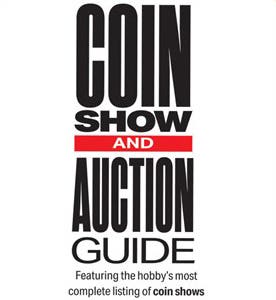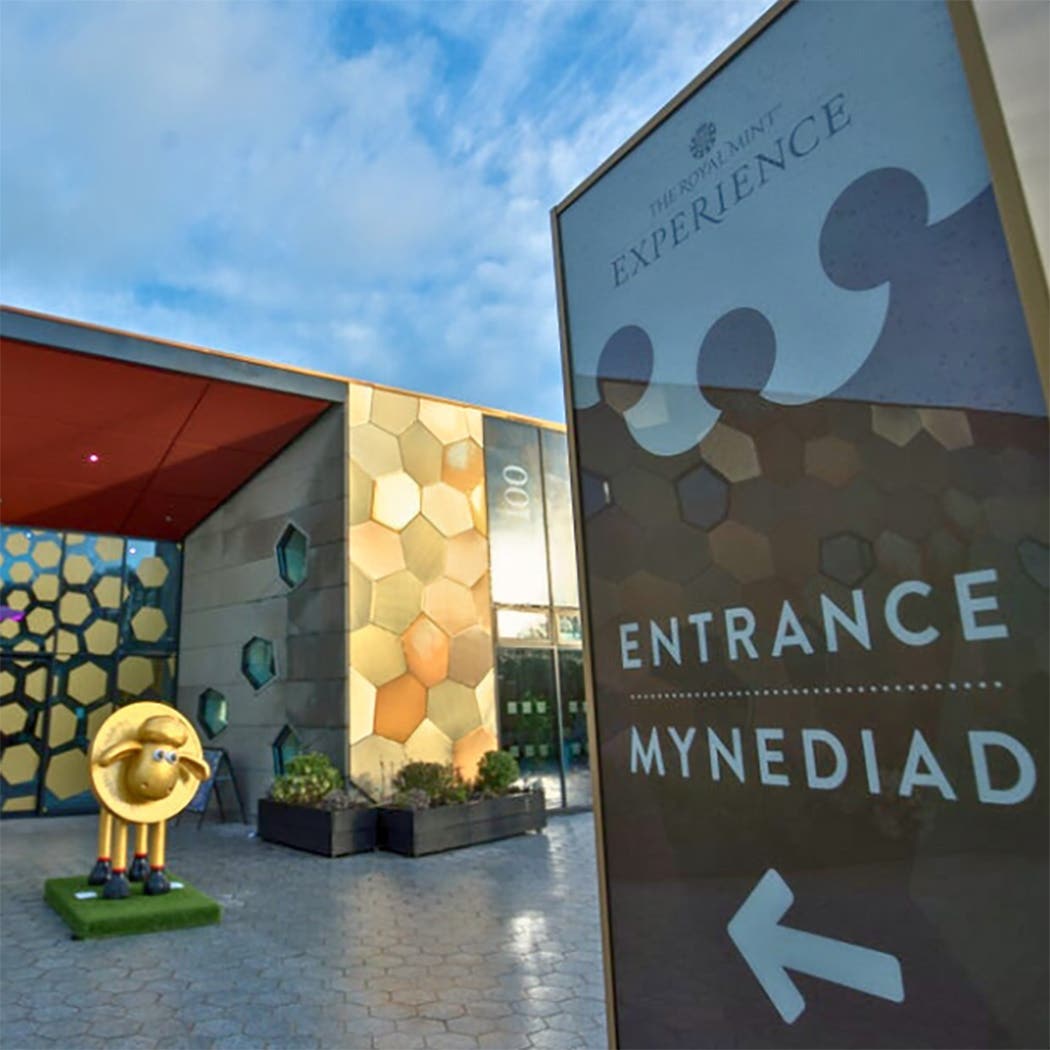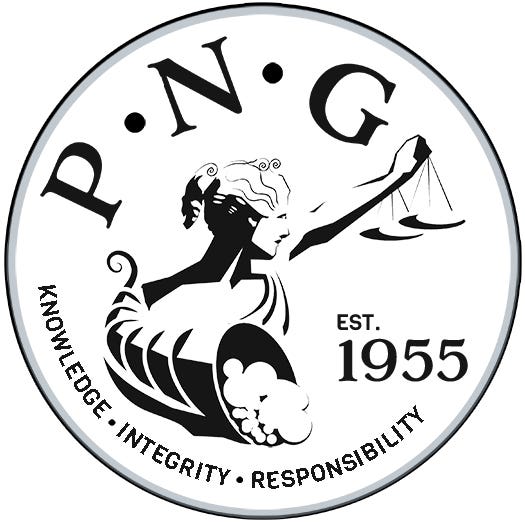Tradition Meets Innovation at Mint Directors Conference
“Tradition Meets Innovation” was the theme at the 27th Mint Directors Conference, held May 7-8 in Vienna, Austria, and attendees had no shortage of opportunities to reflect on where this notion is impacting the coin industry.
“Tradition Meets Innovation” was the theme at the 27th Mint Directors Conference, held May 7-8 in Vienna, Austria, and attendees had no shortage of opportunities to reflect on where this notion is impacting the coin industry.
“If we don’t innovate, our future may be less certain,” said Ross MacDiarmid, CEO of the Royal Australian Mint and MDC president, in his opening remarks.
Conference organizers drove home that point immediately with an opening session covering future payment systems. Marc Brule of the Royal Canadian Mint introduced the mint’s new MintChip. With the value of electronic transactions in Canada growing exponentially, the RCM hopes MintChip will fit in the sweet spot of online transactions valued at $5 and under.
Marcus Mosen of Ogone Payment Services painted a bleak picture for hard coins and currency, suggesting that in the future the e-wallet will replace the leather wallet. Carmen Whateley of Vodacom was less bearish, noting that while online payments are clearly on the rise, in payments new technologies do not replace old ones – they tend to be additive.
The session concluded with Wolfgang Pircher of the University of Vienna speaking on the cultural heritage of money. When asked by Austrian Mint CEO Gerhard Starsich if he thinks electronic payments will replace coins, Pircher responded “I hope not.” His sentiment was shared by members of the audience.
In other MDC presentations:
• Rene Van Dijk of the Royal Dutch Mint addressed “pseudo coins” in perhaps the most lively session of the conference, speaking critically of coins that are issued without official permission from depicted nations and coins intended to deliberately fool collectors. Niels Hagemann of German distributor and manufacturer MDM, in response, took exception to the use of the term “pseudo coins” to describe these items, preferring “medal.” Both agreed that mints and coin dealers should work to educate the buying public about the differences between the two.
Van Dijk also said mints should welcome the issue of pseudo coins as an incentive to focus on product development and innovation. “Let the collector decide what he wishes to collect,” he said. “If he favors a pseudo coin because he thinks it is beautiful, so be it. This means that we as mints have not succeeded to fulfill his needs.”
• Ivor Masters of the New Zealand Post described how the Post turned around its declining stamp-focused business by taking over the issuing of commemorative currency in that country. The Post now manages both coin and stamp collectors together, and business has grown over the past 10 years.
“Stamp collectors are more likely to buy coins than coin collectors are to buy stamps,” Masters noted.
• Shane Bissett of the British Royal Mint discussed the official 2012 Olympic coin series, in which the British mint will release nearly 120 coins, about four times the amount issued for the 2008 Beijing Games. Bissett noted that the mint may have initiated its market campaign for Olympic coins too early (in 2009), but also highlighted an 18-month-old coin that experienced significant success well after its launch.
• Philip Newman of Thomson Reuters predicted that after a strong 2012, gold and silver bullion coin demand will soften during late 2013, with further losses occurring in 2014. While Newman projects gross investor coin demand will exceed net coin demand, Thomson does not expect to see a “rush for the exit” in bullion coins because of bargain hunting and entrenched memories of the Lehman Brothers collapse and subsequent Eurozone crisis.
• During a second-day session on corporate culture, Matolwandile Mtotywa of the South African Mint noted that, among other human resource challenges, mints in general have an aging workforce whose exits into retirement create a loss of corporate memory. Session moderator Christophe Beaux of the Monnaie de Paris called Mtotywa’s speech “refreshing … like a punch in the head.”
• Krause Publications publisher Scott Tappa shared KP’s Facebook, Twitter and LinkedIn experiences with attendees, from engaging audience to developing contacts. The following Q&A session yielded an interesting conversation on managing customer feedback on social media platforms. Pak Ling Yip of the Singapore Mint covered his mint’s experiences with mobile apps, social media and e-commerce.
• Rodolphe Krempp of Monnaie de Paris covered the interesting notion of mints producing face value coins in precious metal.
• Natanya Van Niekirk of the South African Mint detailed struggles faced by a consortium of mints in developing coins with the World Wildlife Federation, and outlined the mint’s strategy for giving it another try.
More Coin Collecting Resources:
• Subscribe to our Coin Price Guide, buy Coin Books & Coin Folders and join the NumisMaster VIP Program









